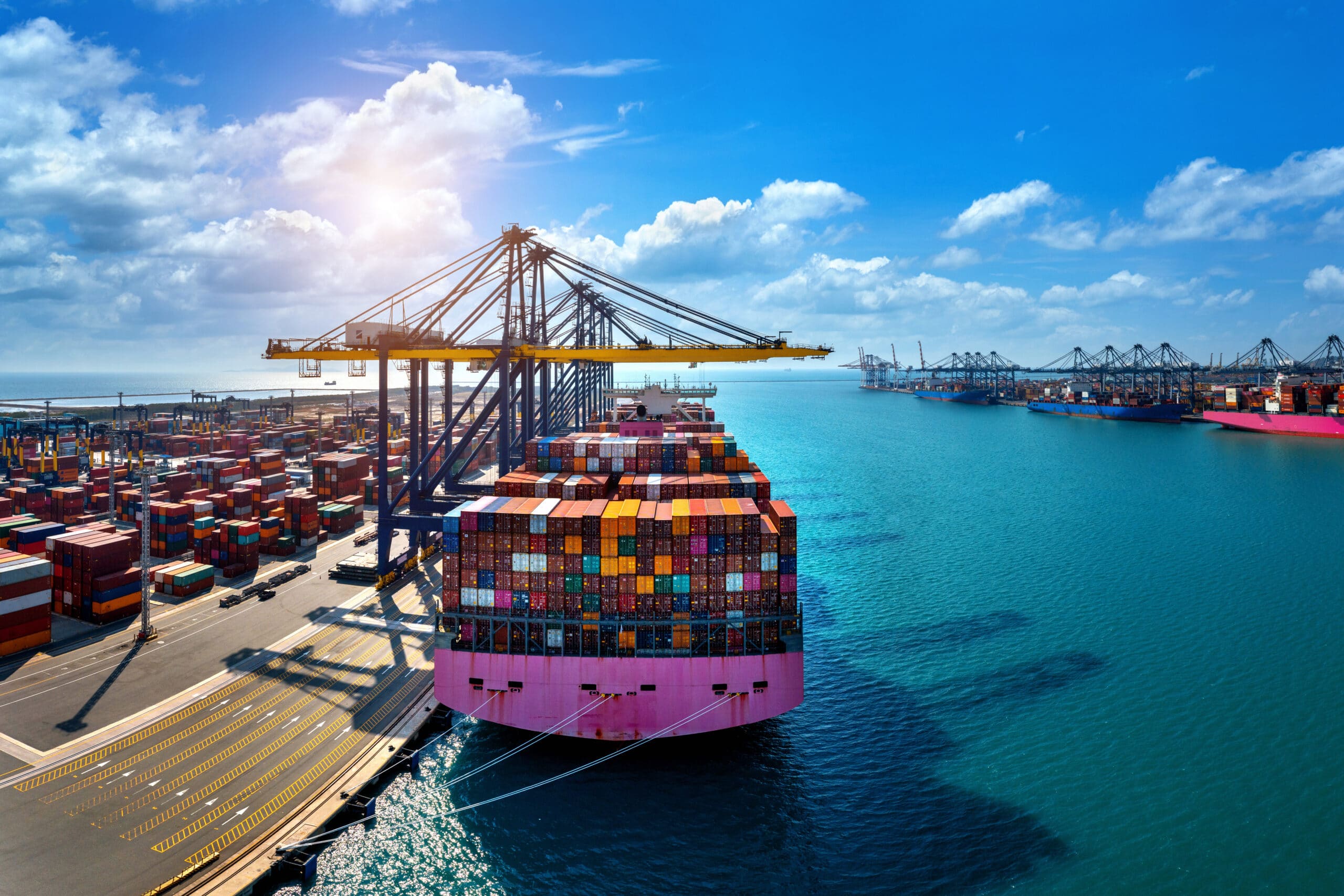The importance of a sustainable supply chain
What is sustainability?
Sustainability is not just a concept, but a commitment to the future. It refers to the ability to meet the needs of the present without compromising the survival of future generations. In the context of the supply chain, this means ensuring that processes and practices do not deplete resources or cause irreparable damage to the environment.
Why is sustainability crucial in the supply chain?
In a world increasingly aware of environmental impacts, a sustainable supply chain has become not just desirable, but essential. Statistical data demonstrates its importance: according to a recent report by the Global Reporting Initiative (GRI), 78% of companies that have adopted sustainable practices in their supply chains have experienced a reduction in operating costs by an average of 16%. In addition, a study by CDP (Carbon Disclosure Project) revealed that companies that integrate sustainability into their supply chains outperform their competitors financially, with an average total return to shareholders 67% higher over the last five years.
Practical steps for integrating ESG practices into the supply chain
Evaluation and mapping of the chain
The first step is to make a complete diagnosis of the supply chain. Concrete statistics reinforce this approach: according to BSR (Business for Social Responsibility), 61% of companies that carried out an in-depth assessment of their suppliers identified potential sustainability risks. This involves identifying weaknesses, assessing suppliers' environmental performance and determining where improvements can be made. It is essential to know which suppliers are already aligned with sustainable practices and which need incentives or training to adapt.
Setting clear goals
With a clear understanding of the current situation, companies can set clear and measurable targets. These can include, for example, reducing the carbon footprint by 20% in the next five years, ensuring that 50% of suppliers are certified in sustainability or reducing the use of plastics in packaging. A McKinsey & Company study showed that companies with ambitious sustainability targets are 2.1 times more likely to achieve their emissions reduction targets compared to those without clear targets.
Training and awareness
Change starts internally. Invest in training for your team, ensuring that everyone, from top to bottom, understands the importance of sustainability. Workshops, seminars and courses can be valuable tools for instilling a sustainable mindset throughout the organization.
Continuous monitoring and feedback
Implementing sustainable practices requires constant monitoring. Use specific tools and software to track progress, and establish an open communication channel with suppliers and staff, encouraging feedback and suggestions. A PwC survey revealed that 72% of companies that adopted monitoring technologies reported significant improvements in their ability to track and manage risks in their supply chains.
Common challenges and how to overcome them
Resistance to change
Change can be intimidating. However, with clear communication, demonstration of the long-term benefits and adequate training, it is possible to turn resistance into engagement.
Initial costs
The transition to sustainable practices can have initial costs, such as investment in technology or training. However, the long-term benefits, such as reduced operating costs and increased customer loyalty, often outweigh these initial investments.
Complexity of the supply chain
The supply chain can be intricate, with many suppliers and stakeholders. However, with careful planning, collaboration and a phased approach, it is possible to implement sustainable practices effectively.
Long-term benefits of a sustainable supply chain
Reducing costs
Sustainable practices often lead to optimizing processes, reducing waste and, consequently, cutting costs. In the long run, this can result in significant savings.
Improved brand image
In today's market, sustainability is often seen as a differentiator. Consumers are increasingly aware and value brands that demonstrate a commitment to the environment and society.
Environmental benefits
The main advantage, of course, is for our planet. A sustainable supply chain reduces the carbon footprint, minimizes waste and helps conserve precious resources, ensuring a greener future.
Conclusion
Sustainability in the supply chain is not a passing trend, but a necessity. Companies that recognize this and take proactive measures not only benefit the environment, but also position themselves as leaders in their respective markets, ready for the future.
- What is a sustainable supply chain?
It is a supply chain that considers the environmental, social and economic impact at all stages.
- Why should I invest in a sustainable supply chain?
In addition to the environmental benefits, it can bring competitive advantages, cost savings and improved brand image.
- What are the first steps to making my supply chain more sustainable?
Start by evaluating and mapping your current supply chain, set clear targets and invest in training.
- Are the initial costs worth it?
Yes, although there may be initial costs, the long-term benefits, both financial and environmental, outweigh these costs.
- How can I convince my team to adopt sustainable practices?
Clear communication, proper training and setting clear goals are essential to ensure buy-in from the team.


